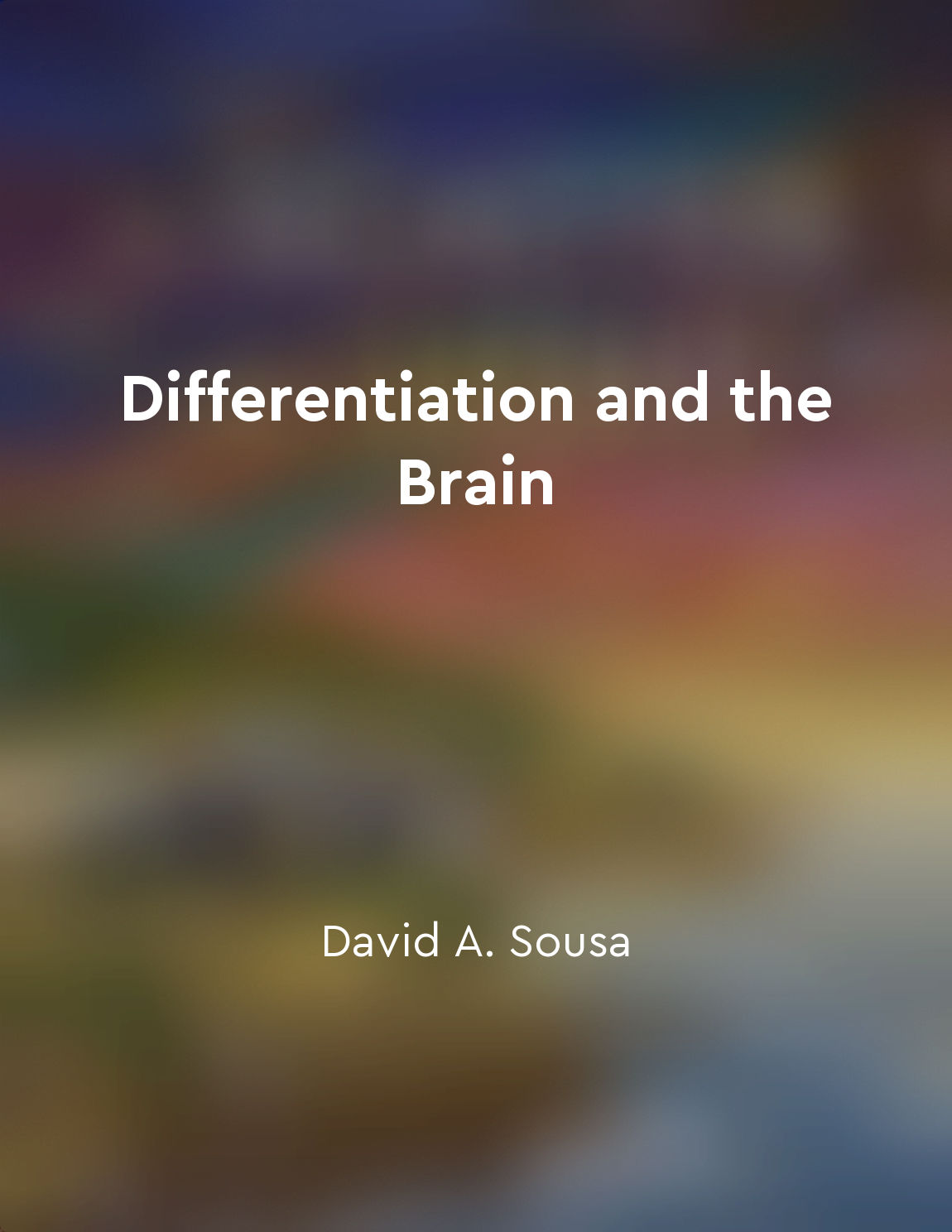Differentiation can help reduce achievement gaps among students from "summary" of Differentiation and the Brain by David A. Sousa,Carol A. Tomlinson
The practice of differentiation in the classroom can play a crucial role in narrowing the achievement gaps that exist among students. By tailoring instruction to meet the diverse needs of learners, teachers can provide the necessary support for all students to succeed academically. This approach acknowledges that learners come from varied backgrounds and possess different abilities and learning styles. When teachers differentiate instruction, they are essentially customizing their teaching strategies to accommodate the individual needs of students. This can involve adjusting the content, process, or product of learning to better suit the unique strengths and weaknesses of each learner. By doing so, teachers can ensure that all students have access to a challenging and engaging curriculum that meets them where they are. Differentiation can help address the disparities in student achievement that often result from factors such as socioeconomic status, language proficiency, or learning disabilities. By offering personalized learning opportunities, teachers can support students who may struggle with traditional approaches to instruction. This can empower students to build on their strengths and work towards academic growth and success. Furthermore, differentiation can create a more inclusive learning environment where all students feel valued and supported. By recognizing and responding to the diverse needs of learners, teachers can foster a sense of belonging and equity in the classroom. This can help reduce the negative impact of achievement gaps on students' self-esteem and motivation to learn.- By embracing differentiation as a pedagogical approach, educators can help level the playing field for all students and promote academic excellence for everyone. Through thoughtful and intentional differentiation practices, teachers can empower students to reach their full potential and bridge the achievement gaps that exist in our education system.
Similar Posts
Foster connections between students, teachers, and content
To truly enhance student learning in a blended learning environment, it is essential to foster connections between students, te...
The brain is a social organ
To say that the brain is a social organ is to state an obvious truth, albeit one that was not always clear to neuroscientists. ...

Differentiation empowers students to reach their full potential
Differentiation is a powerful tool that allows educators to meet the diverse needs of students in the classroom. By tailoring i...

